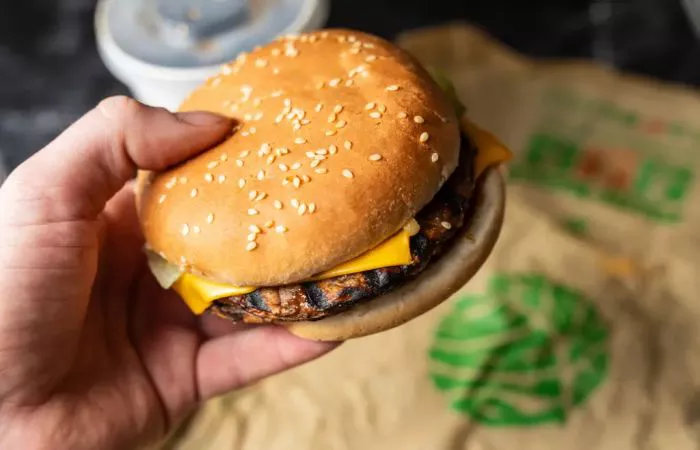The Art of Eating: Debating the Merits of Fast and Slow Dining
In the hustle and bustle of modern life, the pace at which we consume our meals often reflects the frenetic rhythm of our daily routines. The concept of fast dining has gained popularity as a convenient solution for time-pressed individuals, offering quick and efficient ways to nourish the body amidst busy schedules. However, proponents of slow dining argue for a more deliberate and mindful approach to eating, emphasizing the benefits of savoring each bite and fostering a deeper connection with food and culture. In this discourse, we explore the merits of both fast and slow dining, examining their impact on health, well-being, and culinary appreciation.
The Case for Fast Dining:
Fast dining, epitomized by fast food restaurants, takeout options, and ready-to-eat meals, appeals to individuals seeking convenience and efficiency in their dining experience. The fast-paced nature of modern life often leaves little time for leisurely meals, making fast dining an attractive solution for time-pressed individuals juggling work, family, and other commitments.
Advocates of fast dining argue that it offers practical benefits, including:
Time Efficiency: Fast dining allows individuals to quickly refuel and replenish their energy stores without interrupting their busy schedules. Whether grabbing a quick meal on the go or ordering takeout for a busy weeknight dinner, fast dining provides a convenient solution for time-pressed individuals.
Convenience: Fast food restaurants and takeout options offer a wide variety of menu choices, catering to diverse tastes and dietary preferences. With the rise of delivery services and mobile ordering apps, individuals can enjoy their favorite meals with minimal effort and hassle.
Affordability: In many cases, fast dining options are more affordable than sit-down restaurants or homemade meals, making them accessible to individuals on tight budgets or limited incomes. Value menus, combo deals, and discounts further enhance the affordability of fast dining options.
The Case for Slow Dining:
In contrast to the fast-paced nature of modern life, slow dining advocates for a more leisurely and mindful approach to eating, emphasizing the importance of savoring each bite and cultivating a deeper appreciation for food and culture. Slow dining encourages individuals to slow down, disconnect from distractions, and immerse themselves fully in the dining experience.
Advocates of slow dining argue that it offers numerous benefits, including:
Mindful Eating: Slow dining encourages individuals to eat mindfully, paying attention to the sensory experience of food, including its taste, texture, and aroma. By savoring each bite and chewing slowly, individuals can fully appreciate the flavors and nuances of their meals.
Cultural Connection: Slow dining emphasizes the cultural significance of food, celebrating traditional cooking methods, regional ingredients, and culinary heritage. By exploring diverse cuisines and dining traditions, individuals can deepen their understanding of different cultures and communities.
Health and Well-being: Slow dining promotes healthier eating habits by encouraging individuals to prioritize whole, unprocessed foods and balanced meals. By taking the time to prepare and enjoy nutritious meals, individuals can improve their overall health and well-being, reducing the risk of diet-related diseases and fostering a positive relationship with food.
Finding Balance:
While the debate between fast and slow dining continues, many individuals recognize the value of finding a balance between the two approaches. By incorporating elements of both fast and slow dining into their lifestyles, individuals can enjoy the convenience and efficiency of fast dining while also savoring the sensory experience and cultural richness of slow dining.
Some strategies for finding balance include:
Meal Planning: Plan ahead and prepare nutritious meals in advance to avoid relying solely on fast dining options during busy periods. Batch cooking, meal prepping, and stocking up on healthy snacks can help maintain a balanced diet amidst a hectic schedule.
Mindful Eating Practices: Practice mindful eating techniques, such as chewing slowly, savoring each bite, and paying attention to hunger and fullness cues, regardless of whether dining fast or slow. By cultivating mindfulness during meals, individuals can enhance their enjoyment and satisfaction with food.
Occasional Indulgences: Allow yourself occasional indulgences in fast dining options as a treat or convenience, but strive to balance them with nutritious, home-cooked meals and slow dining experiences. Moderation is key to maintaining a healthy and balanced approach to eating.
Conclusion:
In conclusion, the debate between fast and slow dining reflects the diverse ways in which individuals approach food and eating in today’s society. While fast dining offers convenience, efficiency, and affordability, slow dining encourages mindfulness, cultural connection, and health and well-being. By finding a balance between the two approaches and incorporating elements of both into their lifestyles, individuals can enjoy the best of both worlds: convenience without sacrificing culinary appreciation, and mindfulness without compromising efficiency. Ultimately, the art of eating lies in finding harmony between fast and slow dining, allowing individuals to nourish both body and soul through the pleasures of food and dining.

